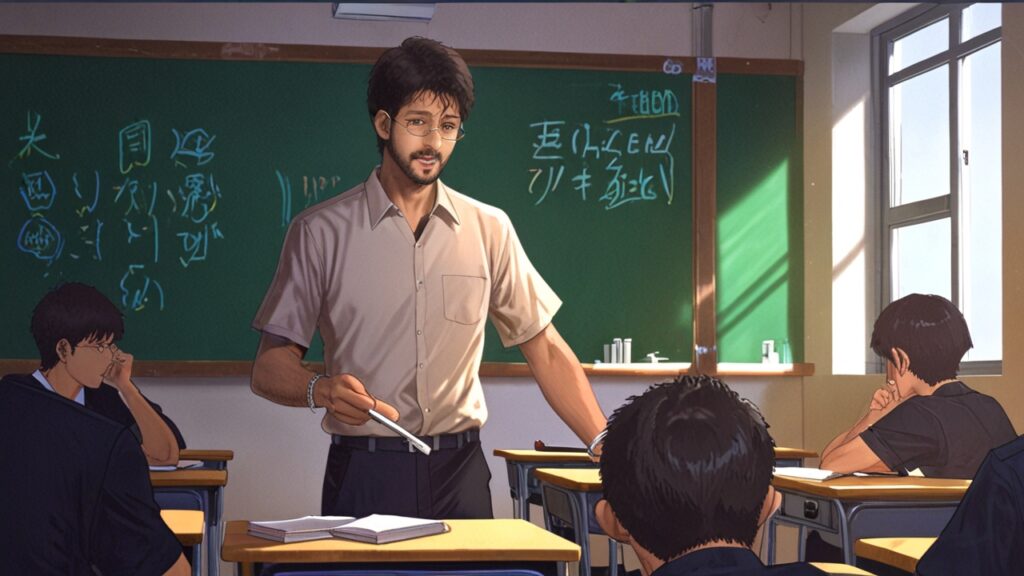Quick Revision

1. Force and Motion:
A force acts on any object moving along a circle and it is directed towards the centre of the circle. This is called the centripetal force.
2. Kepler’s Laws:
(i) Kepler’s first law: The orbit of a planet is an ellipse with the sun at one of the foci.
(ii) Kepler’s second law: The line joining the planet and the Sun sweeps equal areas In equal Intervals of time.
(iii) Kepler’s third law: The square of its period of revolution around the Sun is directly proportional to the cube of the mean distance of a planet from the Sun.
T2∝a3, where T is the time period and a is the orbital radius.
3. Newton’s Universal Law of Gravitation:
(i) Newton’s Universal Law of Gravitation: Everybody in this universe attracts every other body with a force, which is directly proportional to the product of their masses and inversely proportional to the square of the distance between their centres.
(ii) According to Newton, the gravitational force acting between two bodies,
F∝m1m2d2 or F=Gm1m2d2
where G is the universal gravitational constant.
4. Earth’s Gravitational Acceleration:
(i) Acceleration due to gravity is the acceleration with which a body falls freely towards any heavenly body such as Earth. Its mean value on Earth is 9.81 m/s2.
(ii) Acceleration due to gravity is maximum at poles. Its value decreases towards the equator, high up in the mountains, deep inside the earth and in space. Its value is zero at the centre of the Earth.
5. Mass and Weight:
(i) Mass is the amount of matter contained in a body. It is a scalar quantity, and its SI unit is kilogram (kg).
(ii) Weight is the pull exerted on a body by the Earth. It is a vector quantity, and its SI unit is Newton.
6. Free Fall:
(i) Equations of motion for a freely falling body are:
(a) v=u+gt
(b) h=ut+12gt2
(c) v2−u2=2gh
Where u is the initial velocity, v is the final velocity; g is the acceleration due to gravity; h is the height and t is the time in seconds.
7. Gravitational Potential Energy:
When an object is at a height h from the surface of the earth, its potential energy is,
PE=−GMmR+h, where M and R are the earth’s mass and radius respectively.
8. Escape Velocity:
(i) The velocity required for an object to overcome the gravitational pull of the earth and escape to space is called the escape velocity.
(ii) The equation for escape velocity is, v=gR−−−√, where g is the acceleration due to gravity of the planet and R is the radius of the planet.
(iii) For Earth, the value of escape velocity is 11.2 km/s.


